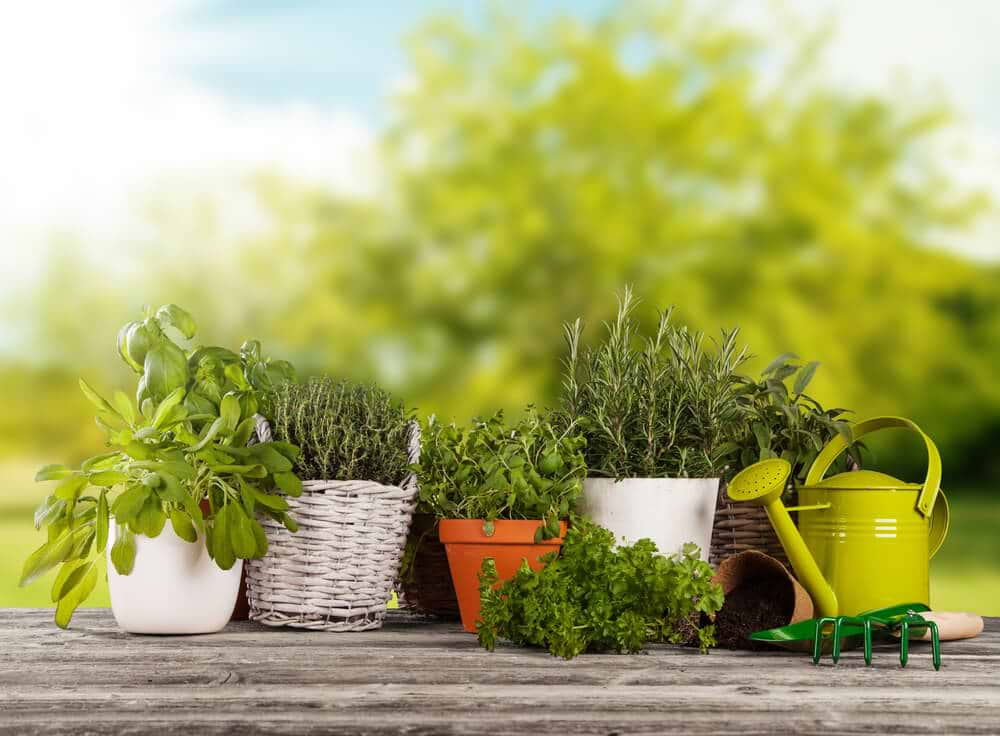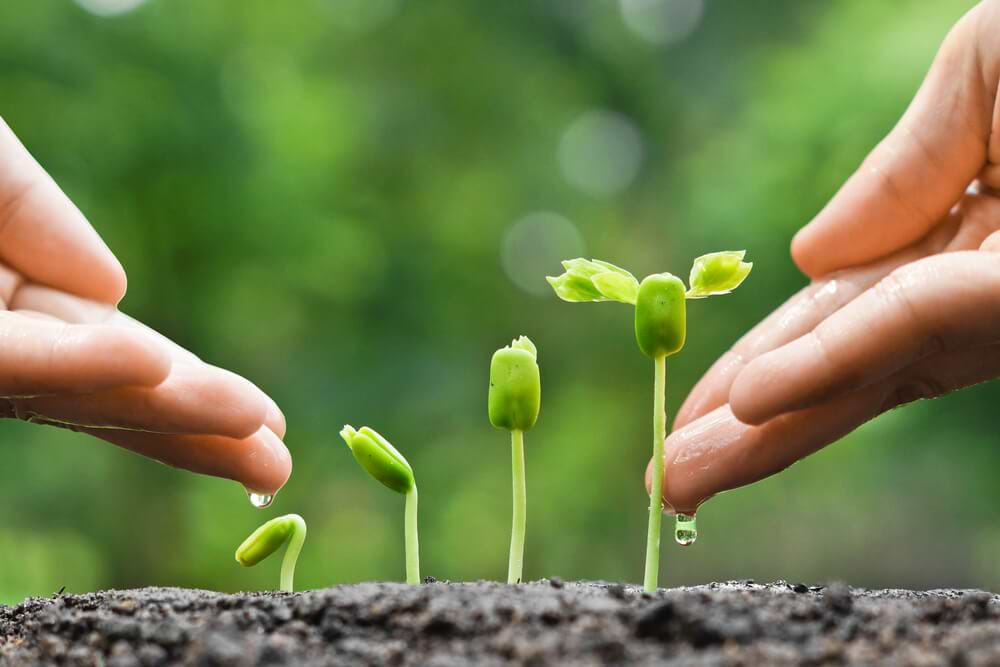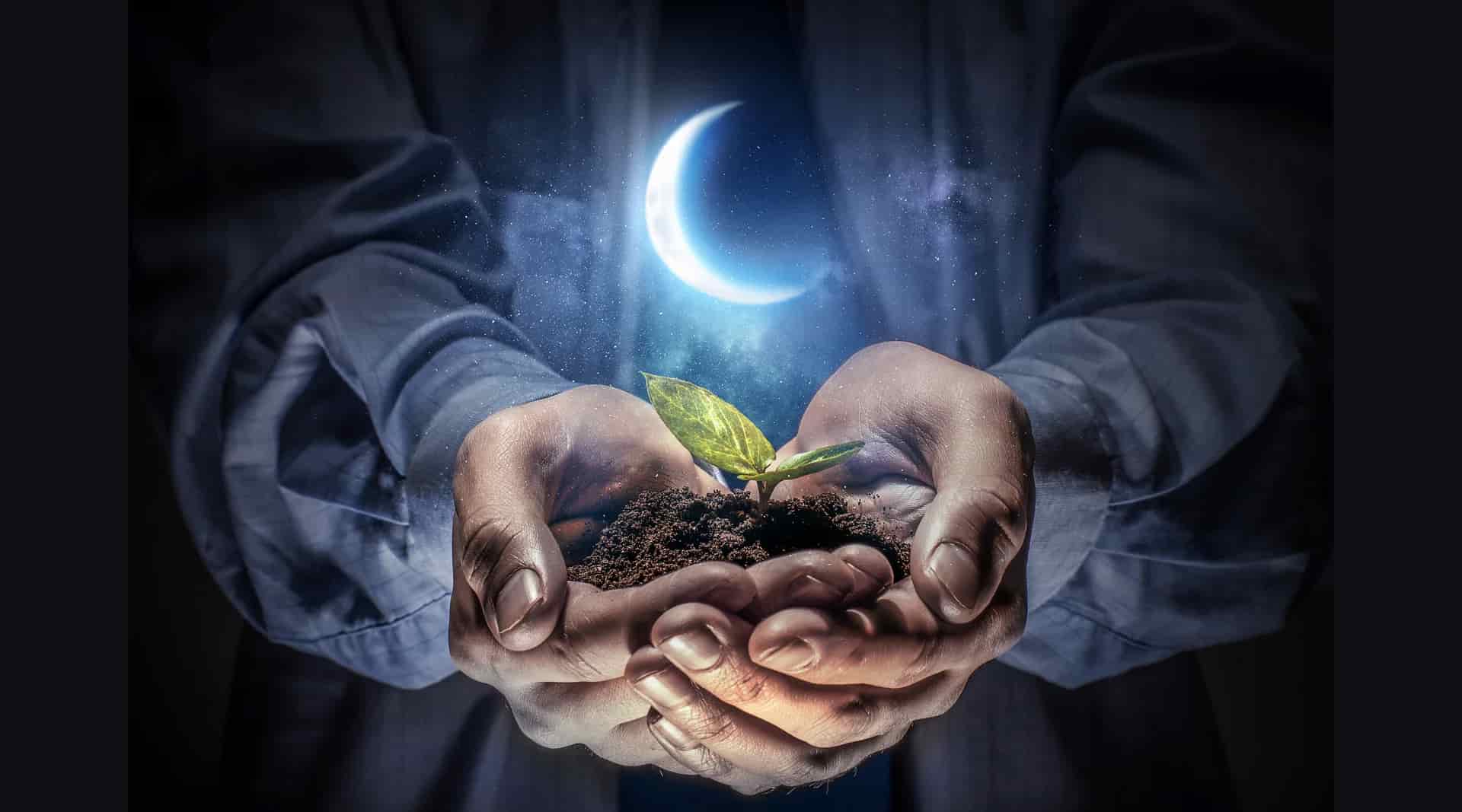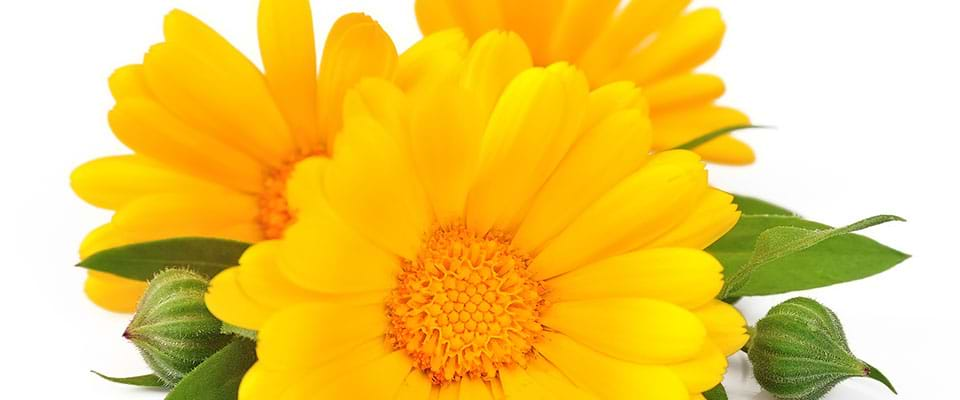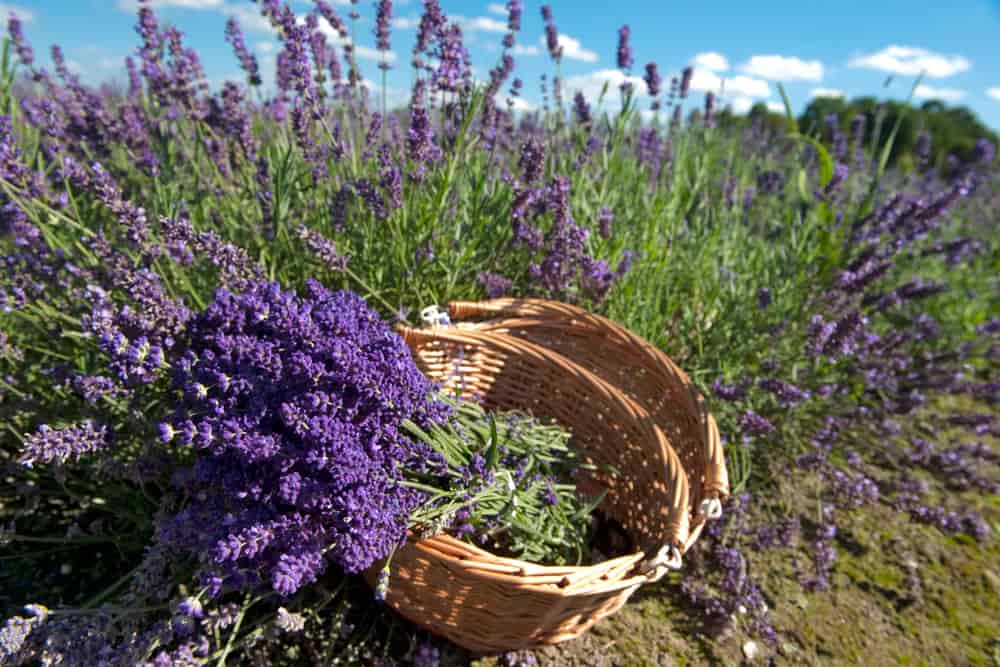It's that time of year: the leaves are starting to change, squash and pumpkin are gracing store shelves, and gardens are bountiful. It is also the time when many start to think of how to harvest and store many of the herbs they have growing in their gardens or near their homes. You might have been enjoying the bounty of fresh herbs all summer, both culinary and medicinal, but now that the nights are getting colder, what do you do with all that bounty? With a few simple techniques, you can continue to enjoy your herbs right through the cold winter months.
Harvesting
Whether culinary or medicinal, you'll want to keep a few things in mind when harvesting your herbs. First make sure to harvest the plants that look the healthiest. At this time of year some will already be past the ideal time to harvest. So go ahead and leave these and wait until next year to get them at their peak. Peak times for harvest and harvesting techniques will be plant specific. But here are some general guidelines for when the best time is to harvest certain plant parts:
Leaves
These can be harvested throughout the growing season, but are often best from spring through mid to late summer or before a plant goes to seed.
Flowers
Are harvested when they are in bloom, usually from spring through late summer. Some flowers, like lavender, are traditionally picked when in the budding stage. Roses can be harvested in the budding stage for the whole flower or when in bloom for the petals only.
Seeds
The timing of when a plant goes to seed differs from plant to plant. However, seeds for most plants are best picked in the late summer or fall. Be sure not to pick them too early when they are "green". Some signs that seeds are ready to be harvested are they are brown, feel dry to the touch, and for some plants can be heard rattling when seed casing is shaken.
Roots
These are traditionally harvested in the fall. But that doesn't mean you can't harvest them earlier, especially for plants you might be pulling up, such as dandelion. If your plant is biennial (only lives two years), such as burdock (Arctium lappa), then you will want to harvest the root the fall of the first year. Second year roots on these plants tend to be more shriveled.
If you are harvesting wild edible or medicinal plants, please make sure to harvest in areas free from pesticides and not designated as conservation areas. Always follow ethical wildcrafting techniques. This includes taking only what you need and harvesting in a way that is beneficial to plant populations, such as helping to sow seed heads and only harvesting rootlets or leaving part of the root to propagate whenever possible.
Preserving and Storing Your Herbs
Now that you've harvested your herbs how do you make them last? Drying is the simplest way to preserve your herbs. Drying maintains the flavor and qualities of herbs but removes the water from the plant. Depending on the climate you live in, it is easy to do and takes very little time.

Once you've harvested the part of the plant you want to preserve, follow these simple steps:
Clean them
For some, this might be as simple as brushing off any excess dirt; for others, you might need to rinse them with water. It is always best to avoid adding moisture to the herbs, so do not rinse them unless absolutely necessary. Unless they are very muddy, you can usually get most herbs clean by brushing and shaking. If you are harvesting roots to dry, you will want to scrub them with water to remove dirt. You can do this with your hands or with a small brush or old toothbrush.
Lay them out
Once they are clean, you want to lay your herbs out so that they are evenly exposed to air. You can use flat baskets for this, old window screens, or even the mesh drying racks that are sometimes used for delicate clothing. What's important is that the air is able to circulate around the herbs. It is best to toss or turn the herbs from time to time to help facilitate even drying.
If you live in a dry climate, leafy parts of plants will dry in days with this method. Roots might take a week or two. If you are drying roots be sure to cut them into the desired size before drying. For leafy parts, some prefer to precut them to the size they want and others prefer to crumble/cut them once dried. Either is fine.
If you live in a humid environment you will need to be more cautious of mold. Another trick that works great for humid climates is to place your herbs in a paper bag and roll the top closed. Store the herbs from 1-2 weeks this way (or longer if needed) until completely dry. Shake the bag daily to circulate the herbs and help facilitate even drying. The paper helps to absorb excess moisture, preventing mold.
You will know your herbs are completely dry when you can crush leafy parts and the roots are hard. Do not store your herbs until they are completely dry or they will mold.
Sunlight? It's somewhat counter intuitive I know, but it is best to dry your herbs in a dark place or at least out of direct sunlight. Drying herbs directly in the sun can deplete the constituents and make them less effective if they are medicinal or less flavorful if they are culinary.
Storing Herbs Once your herbs are dried, it's time to store them. It's best to store your herbs in an airtight container to help preserve the constituents. Mason jars or other glass containers work best.
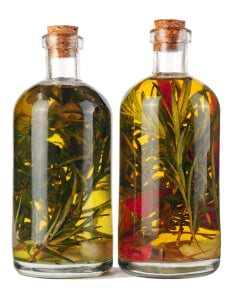
If you need to keep them in bags, it is best to store them in paper bags rather than plastic as this allows the herbs to breathe and keeps out any excess moisture from the environment (important if you live in a humid environment).
Remember to store them out of the sun. Dried leafy herbs can last for 1-2 years stored this way. Roots will last longer. The exact length will depend on the root. Some will last 2-4 years and others with high essential oil content, like Osha (Ligusticum porterii), can last far longer. Get to know what your herbs look and smell like when freshly dried. When they start to loose their color and smell, they are getting too old and best composted.
Happy harvesting!
**Stay tuned to learn how to preserve your herbs by making herbal vinegars and other herbal creations.
Erin Smith has been working with plants for 25 years and is medical herbalist and ethnobotanist. She is the creator of Plant Passionate Living, an interactive program designed to help people find greater health and vitality through a deeper relationship with plants. Erin is the Founder and Director of the Center for Integrative Botanical Studies.
For educational purposes only. This information has not been evaluated by the Food and Drug Administration. This information is not intended to diagnose, treat, cure, or prevent any disease, or sell any product.
Recommended Products
Further Reading
